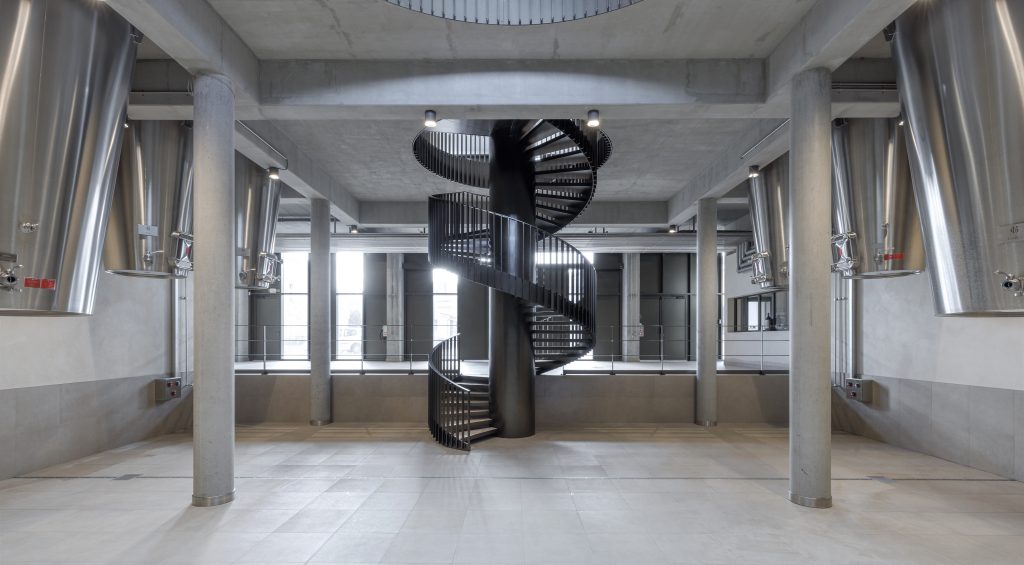This website uses cookies so that we can provide you with the best user experience possible. Cookie information is stored in your browser and performs functions such as recognising you when you return to our website and helping our team to understand which sections of the website you find most interesting and useful.
Grand-Puy Ducasse looks to new era with completion of rebuilding project
Pauillac’s Grand-Puy Ducasse has celebrated the completion of its ‘Renaissance’ project with the completion of its new vat room, which will allow it to produce wines of greater precision that better express the terroir.

Speaking at a recent event in London to celebrate the unveiling of the project, Grand-Puy Ducasse’s general director and winemaker Anne Le Naour said that it was a “real achievement” to present the last piece of the Renaissance puzzle to the UK market.
“The new winery was what was missing to reveal the specific terroir,” she explained.
The project was started in 2020 – marked by a change in the wine labels – and construction started in April 2021, with competition of all project due this month (May 2024), before the tourism trail opens to the public in July.
Although based in the town of Pauillac overlooking the estuary – and indeed is the only estate in the town that produces wines – the estate “represent nearly all of the different types of soil found in the Pauillac appellation” according to La Naour.
Grand-Puy Ducasse was one of the most representative estates in Pauillac due to the number of fragmented vineyard blocks, and mosaic of terroir that it has accrued over its 200-year history. And while the knowledge of these soils had enabled qualitive progression in recent years, the previous winery has long been “an obstacle to the full realisation of the exceptional potential of Grand-Puy Ducasse’s very varied terroir.”
She admitted that when she first started at the chateau in 2010, it was “very frustrating” not to have the right tools to accommodate the different parcels, having to make decisions to blend grapes rather than blending wines – and even more so in the 2013 vintage.
“I remember that in 2013, we had to put nearly 25 small blocks into the same vat – it really reveals how a winery could produce very good wine by more on working vintages and how challenging it was to be able to blend grapes when you don’t really know if there would be a success at the end of it.”
“We knew we could turn this uniqueness into a strength, with the right tools,” she said. “I’m very pleased that we now have the new facility, which was first used for the 2023 vintage.”
La Naour argued that the aim has been greater precision and “to rebuild the taste of the specific place by using less new oak”.
With this in mind, the new winery, which was completed days before the 2023 harvest began, has seven concrete vats, which can be used to both blend and age wines from the myriad different plots that make up the estate.
The new winery, which guests at the event (primarily retail clients and partners) were able to have a sneak peak of via an augmented reality headset, has doubled the vat capacity – while previously it had 29 vats ranging from 91hl to 250hl in size, the new vat room comprises 46 double-skinned stainless steel vats of 30hl to 129hl, as well as seven concrete vats for ageing and blending.
Although it doesn’t necessarily mean one block per vat (“it never works like that as vintages are following each other with different yields, you have restoration plans too”) La Naour said the team now had the right tools to “adapt to each vintage and select the blocks or part of the blocks that will fit well together”, the result of more than a decade of trial and experimentation using small barrels.


